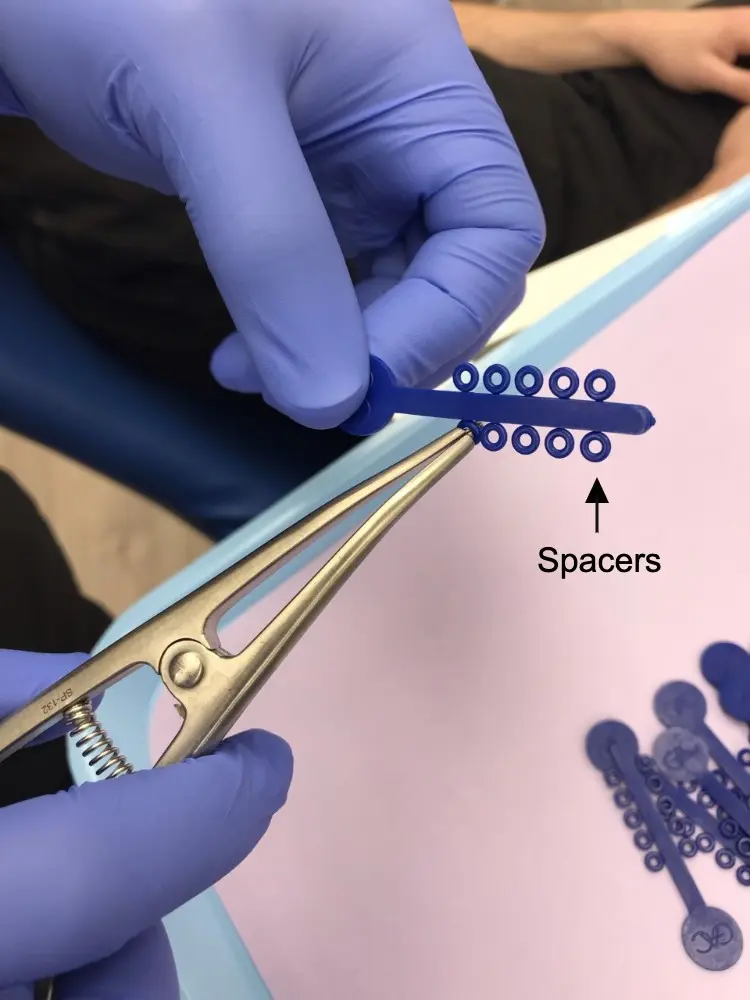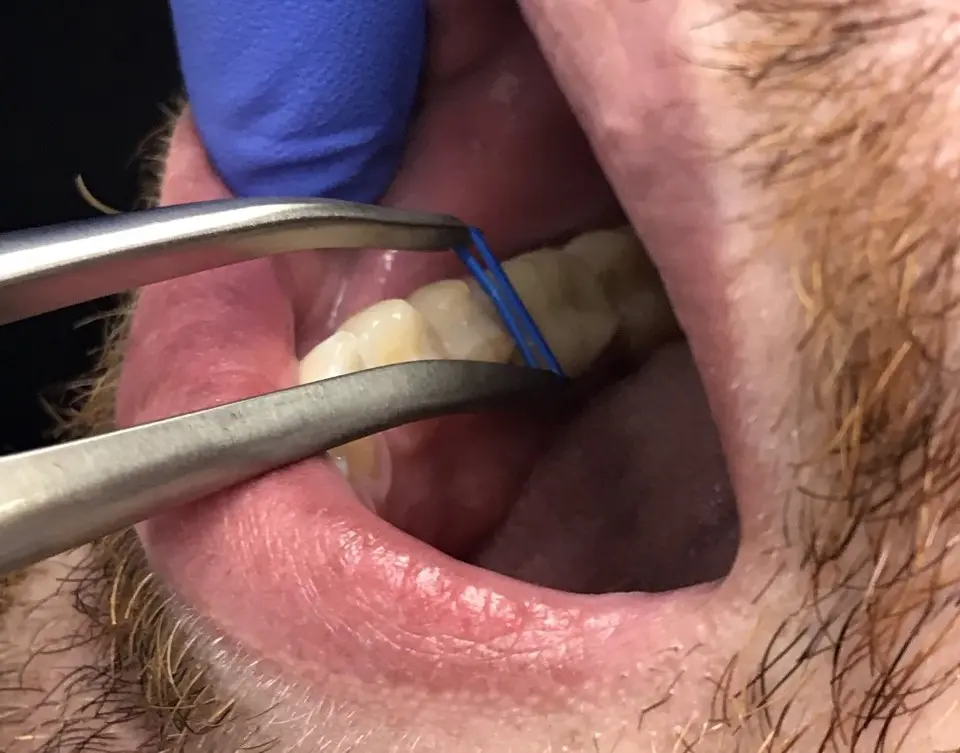Can You Eat Cereal With Braces?
Cereal has been a breakfast staple for decades. Many of us enjoy a nice bowl of our favorite cereals to eat for breakfast. However, if you have braces, you may be wondering if you can enjoy your favorite cereal.

Orthodontic spacers, also known as separators, are used at the very beginning of braces treatment. They are worn temporarily to create a small amount of space in the back molars, where metal bands will be placed to connect the archwire.
If your orthodontist uses spacers for your braces treatment, it will generally be temporary – you will wear spacers for 1-2 weeks before the bands are installed on your back teeth. They gently create a small amount of space between the teeth, where your orthodontist will fit metal bands that anchor the archwire of the braces appliance. These metal bands go on your back molars, so this is where the orthodontic spacers will be placed.
There are two kinds of orthodontic separators:
These are very small elastic loops that slide between two back teeth. They are usually blue in color.
These are small metal rings that are inserted between two back teeth.
Which one your orthodontist uses depends on your specific case and the treatment style of that provider. For most braces cases, rubber spacers will be used.
Spacers are included as part of your braces treatment, so you don’t need to worry about additional costs. The total cost of braces is about $1,700 to $6,000, depending on your specific case and where you seek treatment, and spacers are included in that price.
When the spacers are applied, you may feel some discomfort or pressure — this means the spacer is successfully creating the necessary space in your teeth for the braces. It may feel as if you have a piece of food wedged between your teeth.
Not everyone will need spacers: some people’s teeth naturally have enough space between them to put on the metal bands, but most patients’ teeth are naturally close together and will require spacers if metal bands are used for their treatment.
If your orthodontist is not going to use metal bands for your braces, you won’t need spacers. It depends on your specific case. Sometimes, the orthodontist will avoid using spacers and bands altogether. Invisalign treatments, for instance, do not require spacers.
The application process is simple: the orthodontist or an assistant will use a specialized instrument to install the spacer between two of your back teeth. This procedure occurs about 1-2 weeks before the bands are inserted.
During the insertion procedure for metal bands, the spacers are removed and the bands are inserted over the back molars. The braces brackets are bonded to the teeth, and the archwire is inserted into bands and brackets.
You will only get spacers for braces treatment. If you are straightening your teeth with Invisalign clear aligners, you will not need spacers, and there is no other dental reason to get spacers except for braces treatment.

Not everyone will need spacers during their braces treatment, but it is a common aspect of treatment for many patients. Many people’s teeth are nestled close to each other, so spacers are necessary to create a bit of space where the metal bands will go.
However, your orthodontist may not use metal bands for your treatment, depending on the specifics of your case. And some patients naturally have enough space between their teeth that they will not need orthodontic separators.
In certain cases, spacers are worn for a longer part of your treatment or even throughout treatment, but in the majority of cases, patients who get spacers will wear them for 1-2 weeks before getting the braces appliance installed.
Spacers are used as part of braces treatment to treat a variety of dental conditions.